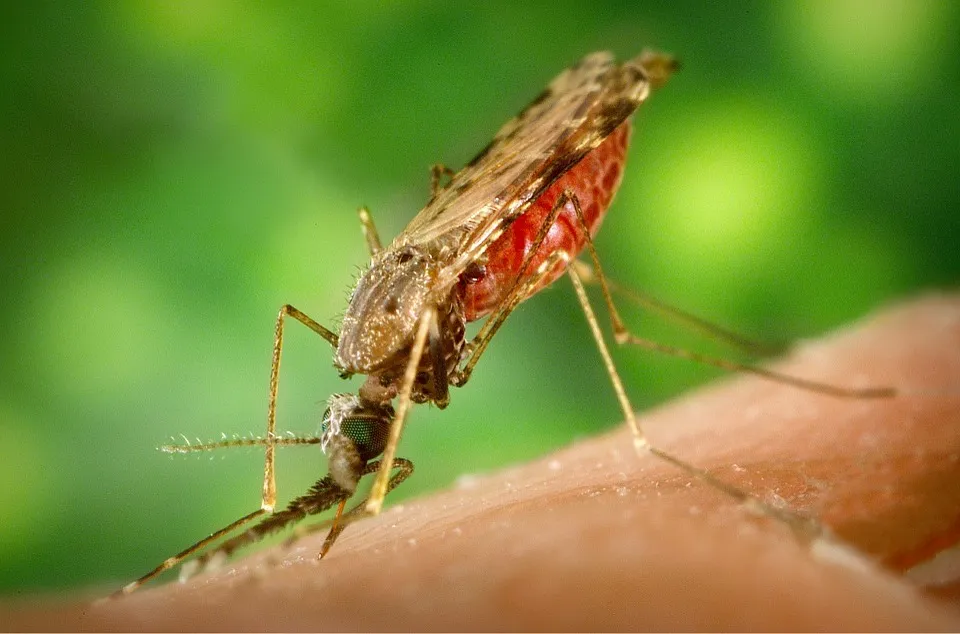Can malaria be detected from human body odors?
New research suggests that there is a link between asymptomatic malaria and body odor. Research funded by the Bill and Melinda Gates Foundation, David and Lucile Packard Foundation and ETH Zurich, mentioned in the May 14 issue of the [Proceedings of the National Academy of Sciences](http://www.pnas.org/content/early/2018/05/08/1801512115), is focused on a highly sensitive method to diagnose asymptomatic malaria from human body odors.While malaria is one of the most common diseases easily identified and diagnosed by its recurrent episodes of shivers and chills, the asymptomatic form infects more people and is more dangerous because it presents with no outward symptoms.
People with asymptomatic malaria show no symptoms and their blood tests might not pick up the Plasmodium parasite because it might be present at a density too low to be identified. This might be as a result of a perceived immunity to the malaria parasite. Those with ‘low immunity’ experience the common symptoms of malaria and can be easily diagnosed and treated. For those with a ‘high immunity to malaria infection, it doesn’t mean the parasite is absent, it simply presents with no symptoms. In these cases, DNA tests for the parasite might serve as a more effective diagnostic, but it is not fast.

By ArtsyBee CCO Creative Commons
The advantage of an asymptomatic malaria infection can be deceptive because it could exacerbate the progression of other diseases and lead to complications. In addition, asymptomatic malaria should really be described as a ‘chronic form’ of the disease because it might present with low-level hemolysis and recurrent episodes of symptomatic malaria.
By working with a mouse model, the researchers discovered that malaria infection changed the odors of the infected mice at a rate directly proportional to the stage of the infection and concentration of the parasite.
Microscopy and an SD Bioline Rapid Diagnostic Test for diagnosing malaria are more effective for symptomatic malaria especially when the parasites are present in high densities. But for symptomatic malaria with low parasite densities, sensitivity becomes a problem. Microscopic and DNA studies were used to sift malaria-negative types from those positive for malaria. Patients who were positive for malaria using DNA testing but came up negative for the parasite during microscopic tests were further analyzed.
They discovered that for both symptomatic, asymptomatic malaria, and the healthy, the infection altered in some ways the chemical composition in the body odors of infected people. This characteristic can be used to develop a more effective and sensitive diagnostic test for malaria. The researchers also report that with the advent of machine learning, it could be possible to identify and correctly predict an infectious state using relevant biomarkers.
Malaria diagnostic and treatment can no longer depend on the presence of symptoms alone. The asymptomatic form with its long-term low-grade hemolysis can be even more dangerous than the more obvious symptomatic form. Perhaps with the use of a highly sensitive and rapid method detecting the alterations in body odor and the use of machine learning, we can take a step closer to eradicating the scourge that is malaria.
“Asymptomatic” Malaria: A Chronic and Debilitating Infection That Should Be Treated
Altered body odor indicates malaria even if microscope doesn't